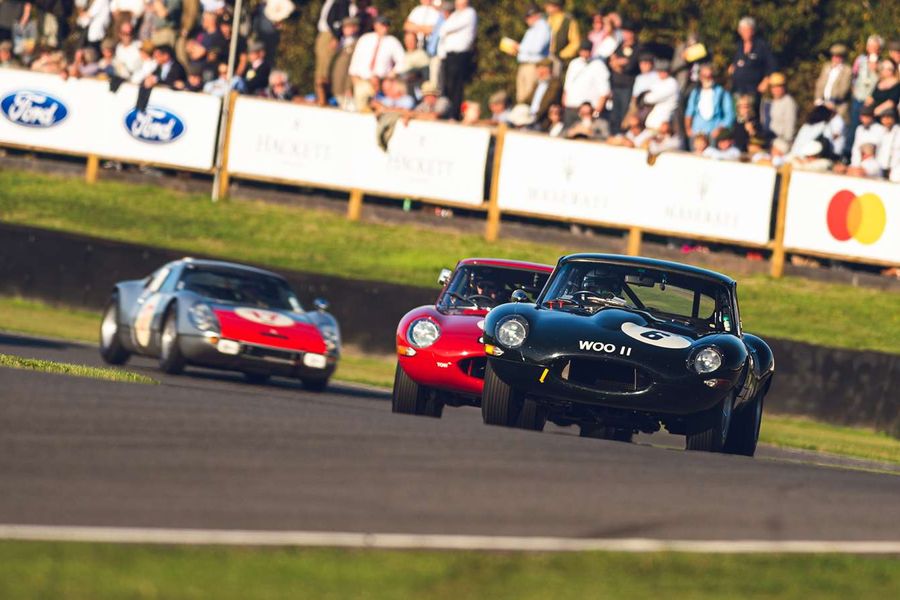Olivier François and Stefano Boeri, in conversation to rewrite the future of cities
Olivier François, Fiat CEO and Stellantis CMO and Stefano Boeri – an architect, urban planner, and the founder of Stefano Boeri Architetti – discuss how mobility and architecture are work together to create the cities of the future
François announced that between 2025 and 2030, the Fiat product line-up will gradually become electric-only
The pair came together at Milan's Bosco Verticale (Vertical Forest) as a backdrop to this discussion
Olivier François, CEO of the Fiat brand and CMO at Stellantis, and the architect Stefano Boeri, whose firm is engaged in urban forestation projects all over the world, featured in a conversation for World Environment Day 2021 to discuss cities of the future. They addressed the themes of urban mobility and sustainable architecture to make cities healthier and easier to live in.
This sharing of values began over a year ago as Fiat drew inspiration from the green architecture created by Boeri in several locations around the world in its vision of a utopian city shown in the European launch advert for the all-electric New 500.
At their meeting, François and Boeri analysed the opportunities for a ‘New Renaissance’, by discussing imagery of the current situation in cities and ongoing changes to societal trends and the increasing interest in environmental issues. With this, they considered the urgency of taking action, and the major opportunity of inspiring change.
The combination of architecture like Boeri's Bosco Verticale – its 27,000 plants and millions of leaves contributing to clean the air by absorbing CO2 – and cars like the New 500 offering zero-emissions mobility can no doubt contribute to improving air quality in our cities.
In the words of Olivier François, Fiat CEO and Stellantis CMO: “The decision to launch the New 500 – electric and electric alone – was actually taken before Covid-19. Even then, we were already aware that the world could not take any more ‘compromises’. In fact, lockdown was only the latest of the warnings we have received. At that time, we witnessed situations that would have been unimaginable until then, for example wild animals roaming the cities, proving nature was taking back what was rightfully hers. Plus, as if it had still been necessary, we were reminded of the urgency of taking action, of doing something for the planet Earth. We have an icon, the 500.
An icon always has its cause and the 500 is no exception: in the 1950s, it opened access to mobility for all. Nowadays, in this new scenario, it has a new mission – our mission – to create sustainable mobility for all. It is our duty to bring to market electric cars that cost no more than those with an internal combustion engine, as soon as we can, in line with the falling costs of batteries. We are exploring the territory of sustainable mobility for all: this is our greatest project. Between 2025 and 2030, our product line-up will gradually become electric-only. This will be a radical change for Fiat. Meanwhile, in the near future, only a few months from now, I am proud that we will see the conversion of the legendary track on the roof of the former Lingotto factory in Turin into the largest hanging gardens in Europe, hosting over 28,000 plants. A major, meaningful – and once again sustainable – project, due to revitalise the city of Turin, our home.”
Stefano Boeri, an architect, urban planner, and the founder of Stefano Boeri Architetti, stated: “When we consider that cities are responsible for more than 70% of CO2 emissions, which are at the root of global warming and the emissions of pollutants that endanger our health, it is clear that cities are where we most need to change. And the Covid-19 pandemic has shown us how fragile our lives and bodies can be. And so, it showed us the importance of improving the environment in which we live. Trees absorb CO2, drastically reduce pollution, reduce energy consumption and the ‘urban heat island’ effect. Trees are increasing the biodiversity of living species and making cities safer, more pleasant, healthier and attractive. Plants and trees are the only way we have to absorb pollutants that have already been emitted.
We already have a variety of solutions at our disposal to help in this process: protecting and increasing permeable and green surfaces in the city; creating new parks and gardens; transforming city roofs into lawns and vegetable gardens; transforming perimeter walls and urban barriers into green façades; promoting community gardens and implementing urban agriculture; using tree roots to decontaminate polluted soil; creating a network of green corridors to connect parks, forests and green buildings; exponentially increasing the number of green buildings and vertical forests; creating new green belt forests and woodlands all around our cities.”
In Fiat’s vision, the penetration of electric mobility will rise, as barriers are overcome. The topics under discussion in the talk included the need to improve access to electric cars, by means of innovation and new financial products that can lower the barrier to entry; the need to increase the number of private charge points at apartment buildings, requiring a rethink of the infrastructure of the apartment buildings of the future, but, most of all, by adapting existing buildings; the need to raise visibility of charge points in cities and increase the penetration of fast charging stations.
That will entail a rethink of urban planning, a challenge that requires the involvement of a wider range of stakeholders. This is the stimulus and message Olivier François and Stefano Boeri wish to put out as their contribution to World Environment Day – held by the United Nations every 5th June, the message of which this year is ‘TOGETHER WE CAN BE #GENERATIONRESTORATION’




























